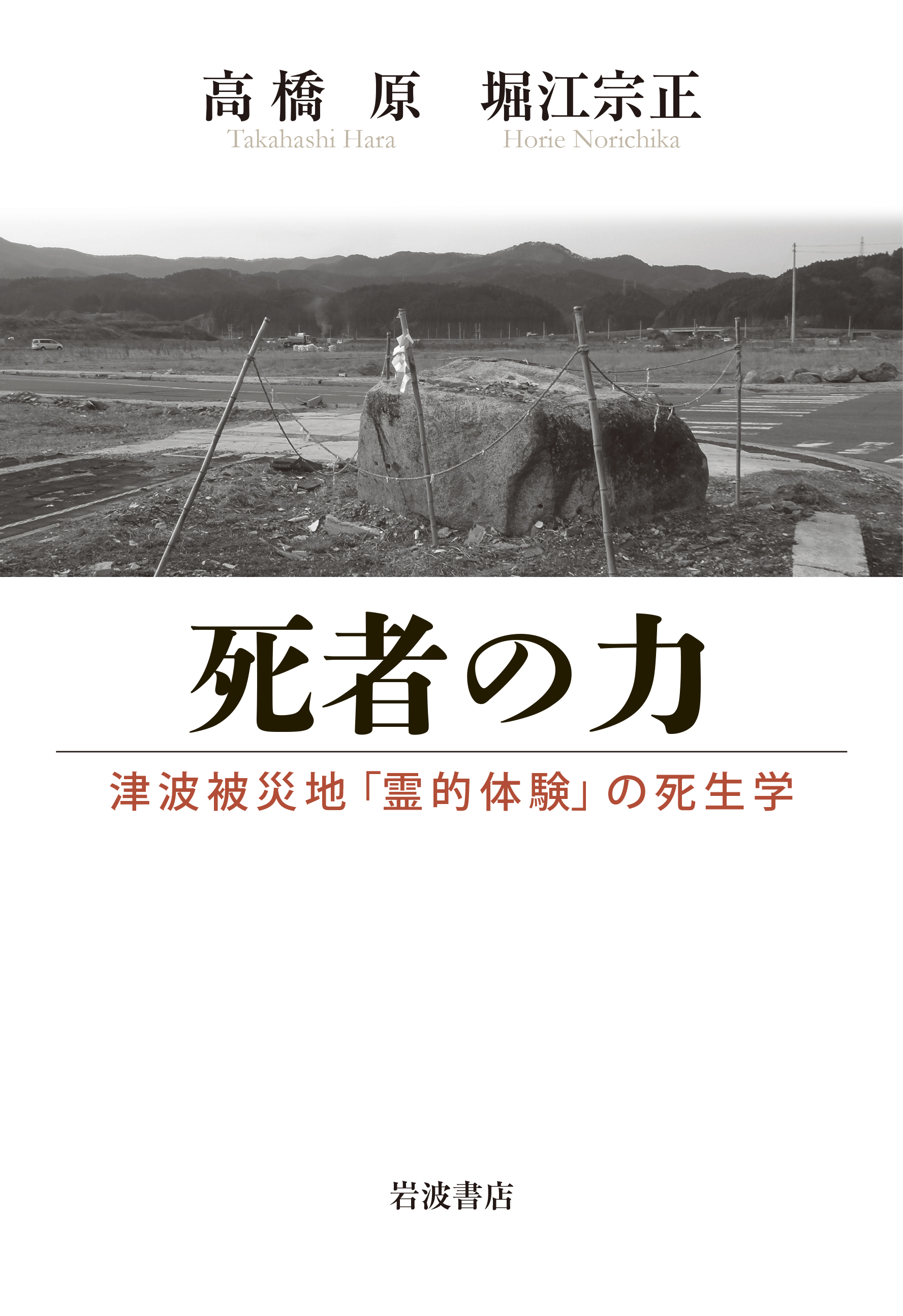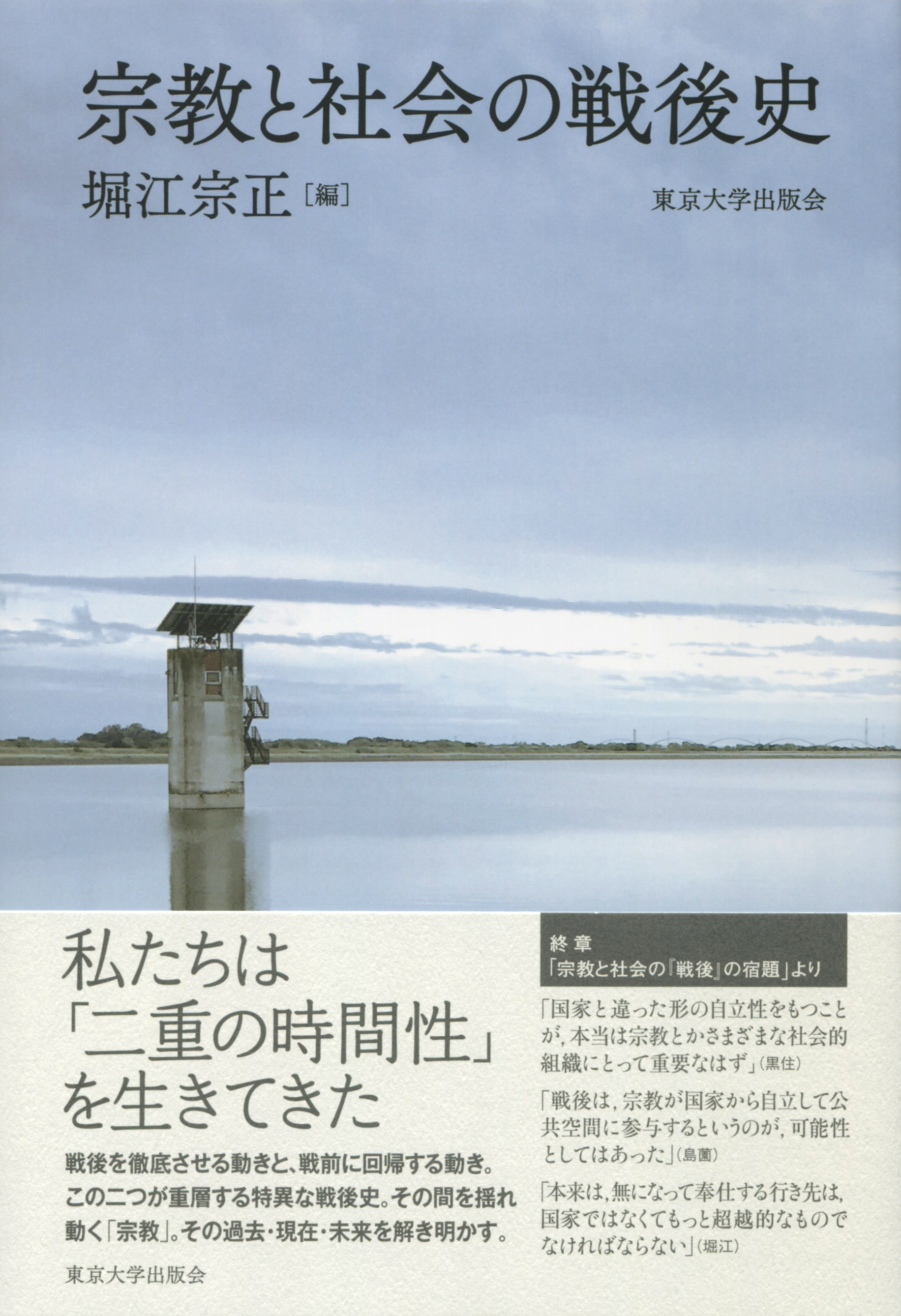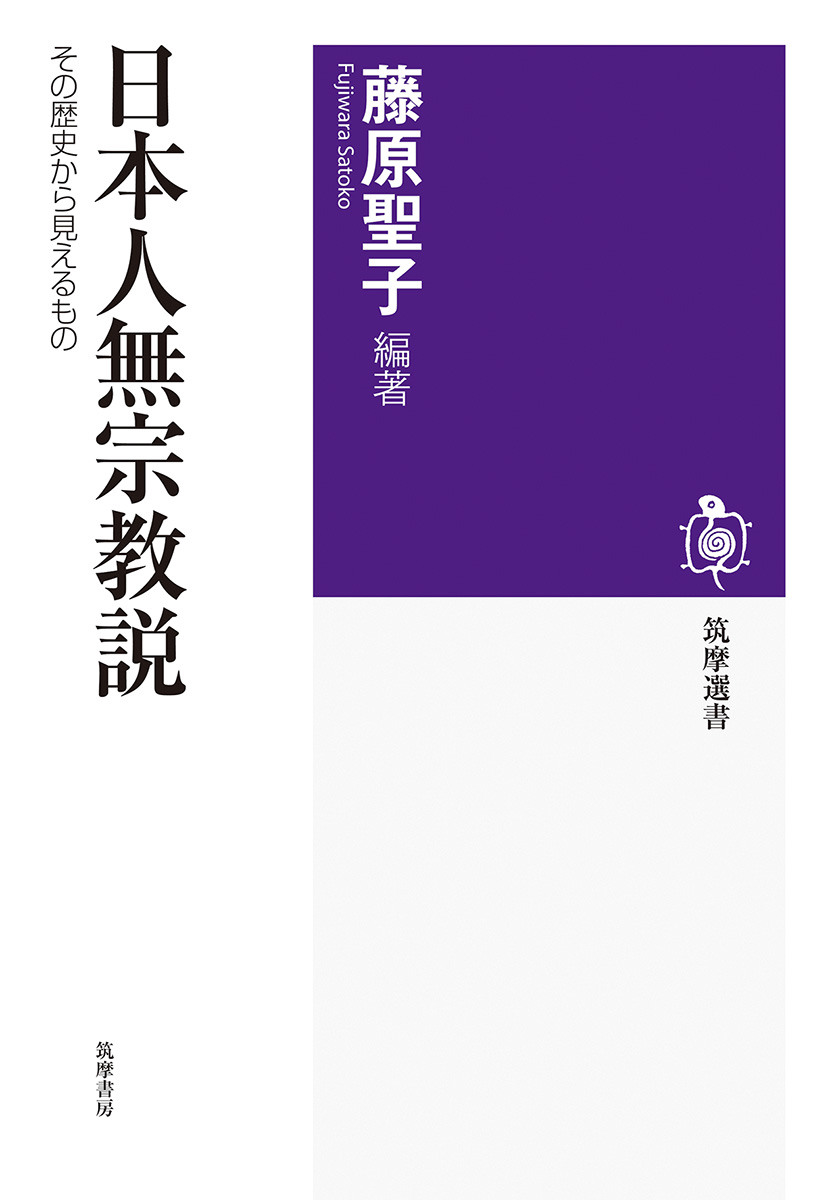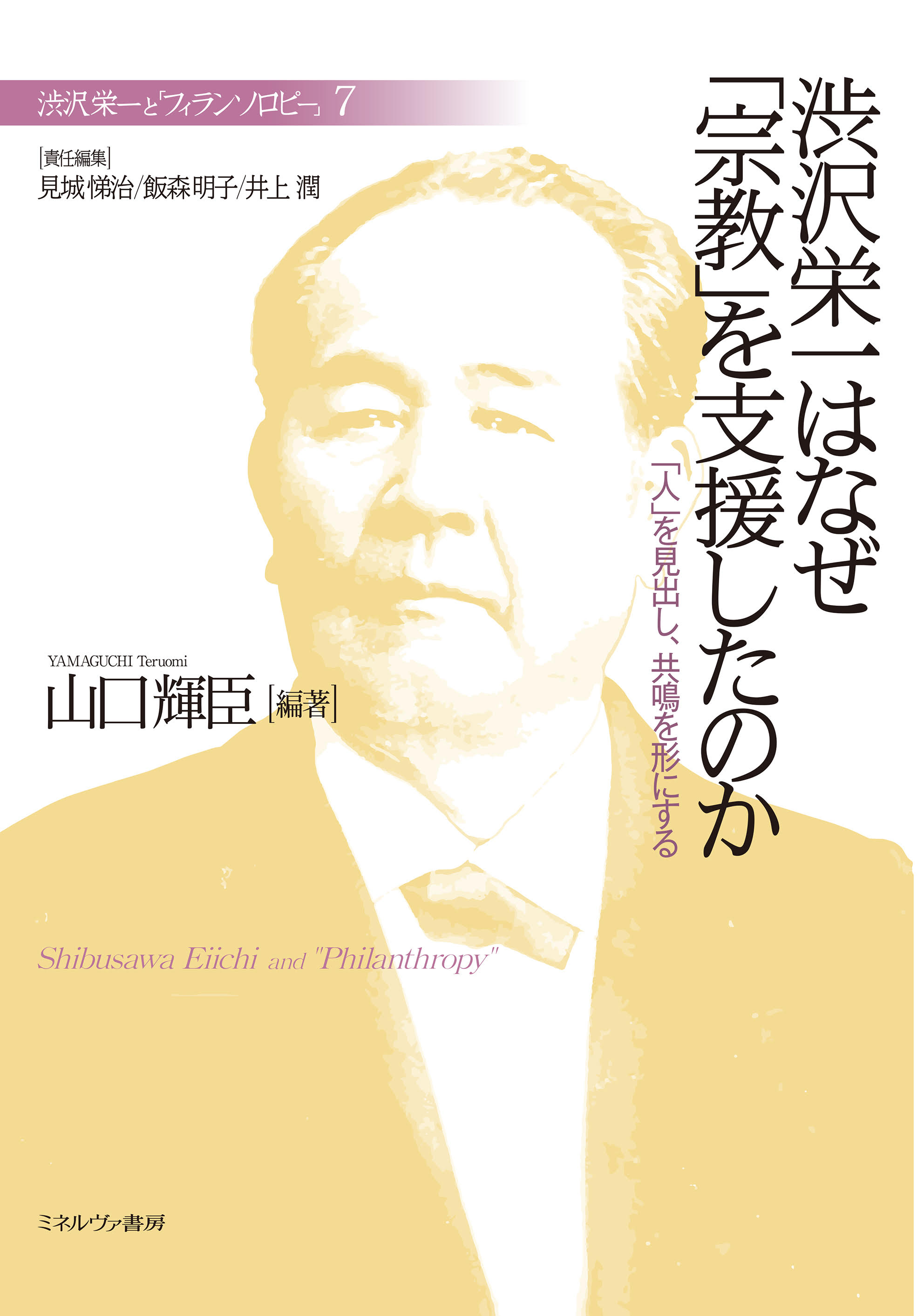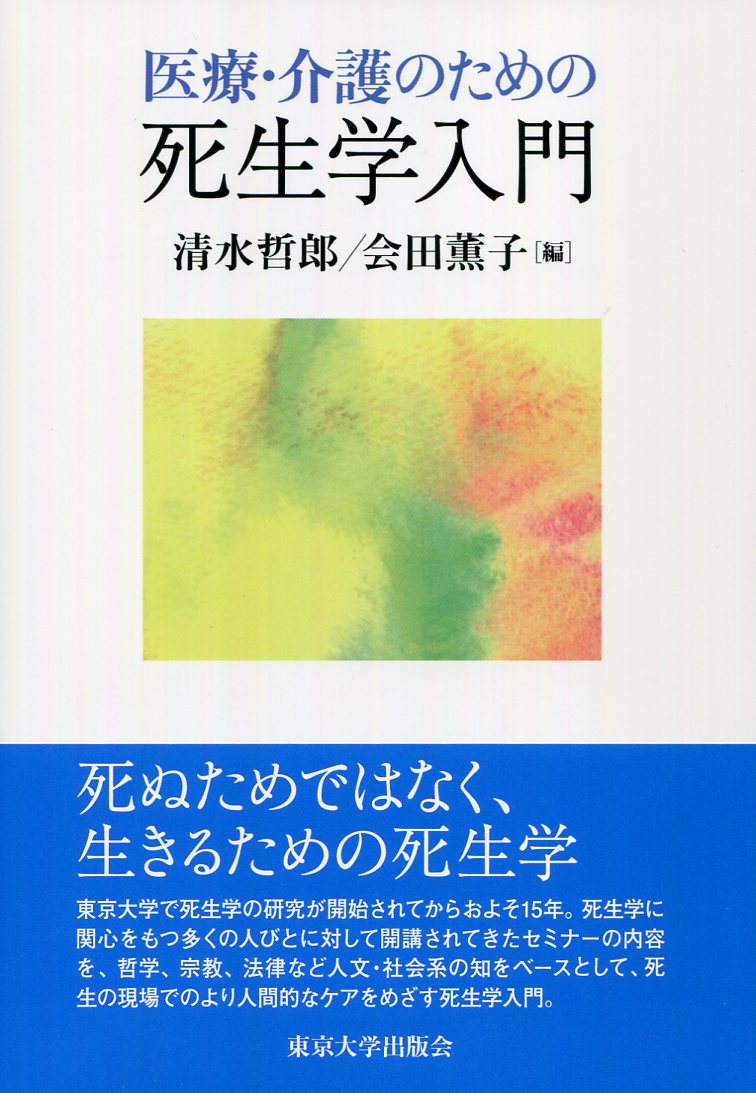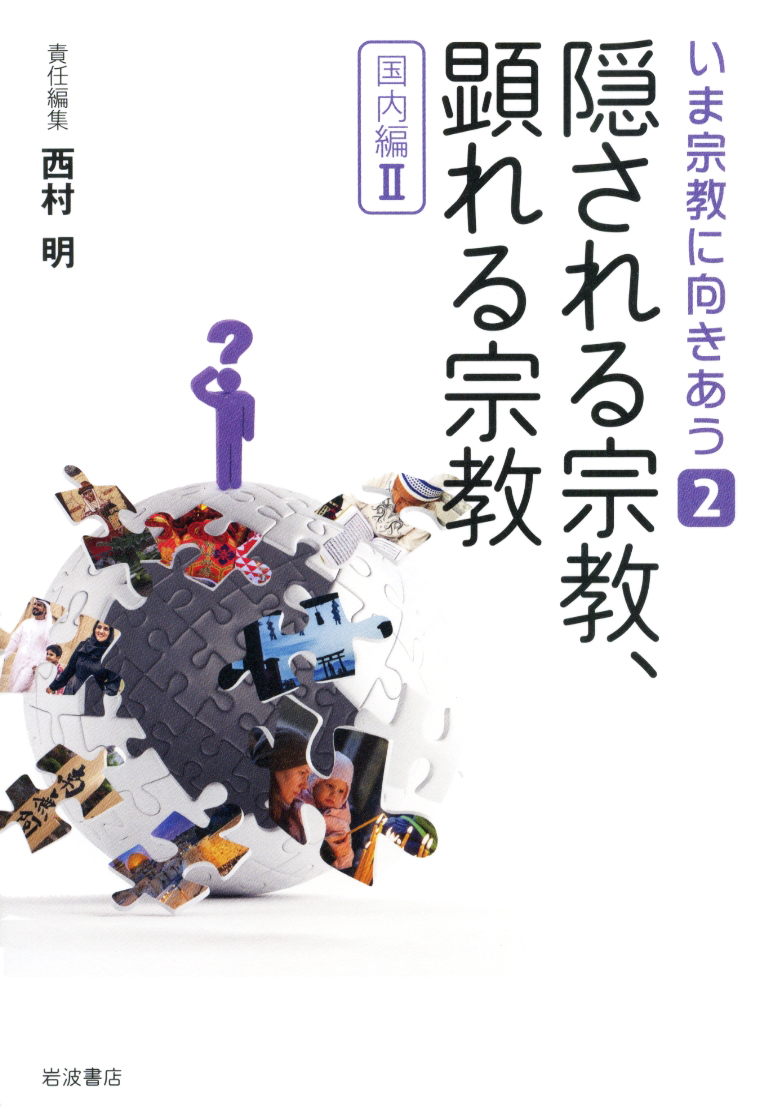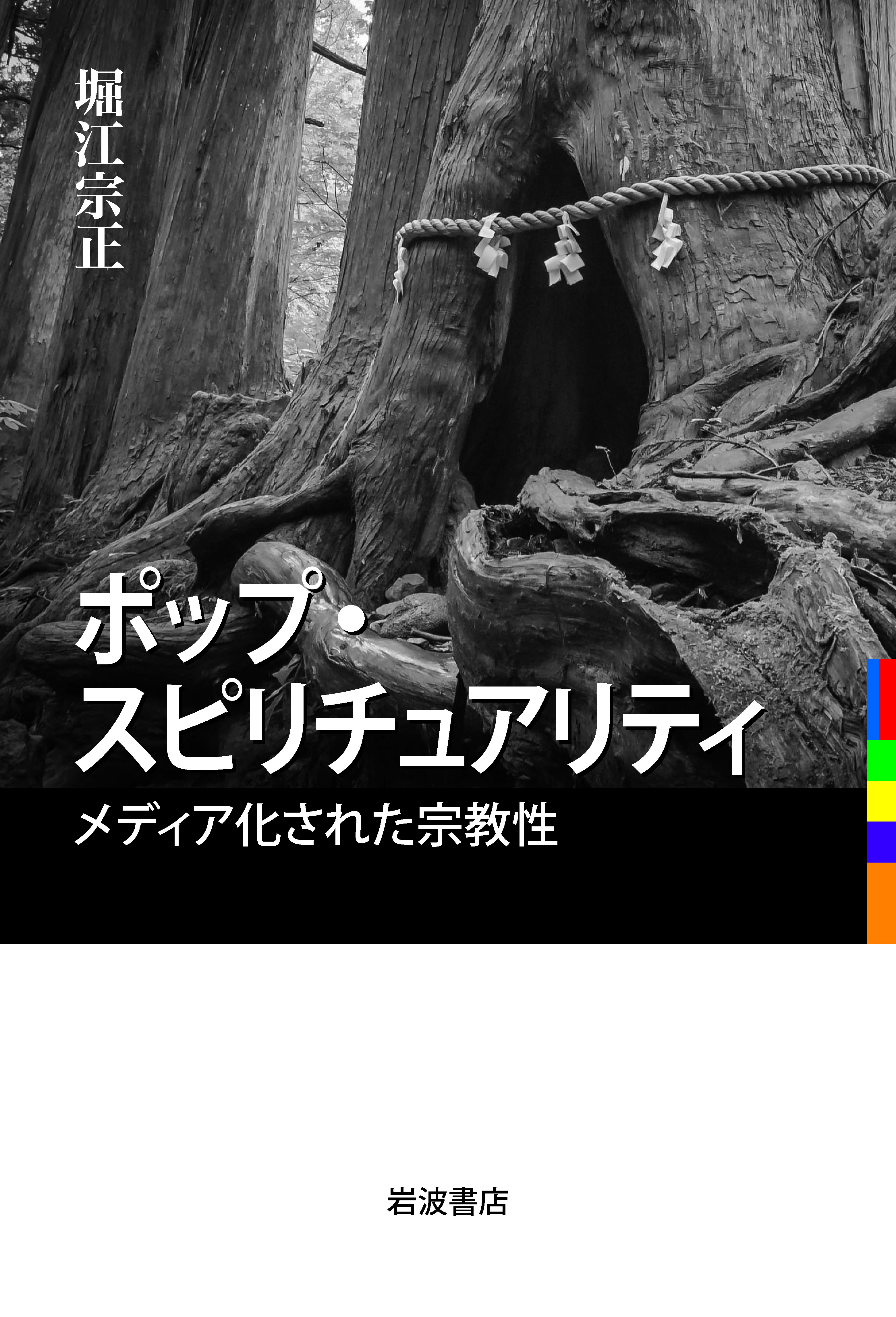
Title
Pop Spirituality (Pop Spirituality - Mediatized Religiosity)
Size
322 pages, 127x188mm, Hardcover
Language
Japanese
Released
November 19, 2019
ISBN
9784000613729
Published by
Iwanami Shoten
Book Info
See Book Availability at Library
Japanese Page
The subject of this book is spirituality. I define here spirituality as "the representation and use of religio-cultural resources that are personally accepted outside of organized 'religion'" (see Chapter 1 for detailed usage and definitions). In Japan, the word supirichuaru, imported from the English word "spiritual," has been commonly used since the 2000s, not as an adjective but as a noun denoting a cultural genre.
In Japan, however, the individualistic consumption of religio-cultural resources outside of organized "religion" began to flourish around the 1970s. It has been called the occult, Seishin Sekai (Spiritual World), New Age, etc. When the Aum Shinrikyo Sarin Gas Attack occurred in 1995, it turned out that the Aum Shinrikyo had been influenced by books or thinkers from these genres. In the aftermath of the incident, there was criticism of such consumption trends, and for a while it seemed as if they would fade away. Then, in the 2000s, a "spiritual boom" emerged, mainly through television and books. Its peak was around 2007, when Ehara Hiroyuki, who branded himself a "spiritual counselor," appeared frequently on TV. The boom is believed to have declined after his media appearances stopped due to criticism. In reality, however, it is simply that spiritual content is no longer being aired on TV. Publication and Internet trends indicate that interest in spirituality-related issues has been on the rise since the Great East Japan Earthquake in 2011 (Figure 1-2, Figure 9-2). Spirituality continues to spread and deepen through the Internet, social media, and other non-traditional media. It is rooted in a new situation in which people themselves have become the media and communicate with each other.
At the same time, the Internet is also a place where fierce disputes take place. "Supirichuaru" has come to be seen as a word that implies "falsehood, deception, and credulity," and therefore, practitioners avoid using it. As a result, the current situation in Japan is that there is no appropriate term to refer to phenomena that have nothing to do with organized religion but are related to the religious in a broad sense.
On the other hand, small "booms" are happening all too often. For example, fortune-telling has been expanding its services on the Internet while it is becoming increasingly associated with the occult and modern magic. Since the late 2000s, it has been repeatedly rumored that a fortune-telling boom is thriving. After the Great East Japan Earthquake in 2011, the "power spot" boom survived by changing its costume into a "sanctuary boom," then into a "Shinto shrine boom," and finally into a "red seal stamp boom." Thus, in recent years, Shinto, an established religion, has begun to appeal to contemporary individualistic people. A new movement is also forming in Buddhism. The unique activities of Buddhist priests have attracted much attention, and especially after the Great East Japan Earthquake, Buddhist spiritual care efforts have become increasingly prominent. However, those involved in the activities think that what they are doing is not so different from the past activities and that the media is merely shedding light on the novel aspects. Perhaps the lack of a generic term for an individualistic interest in religio-cultural resources creates a perception that small "booms" are happening one after another.
Practitioners also do not dare to ask for an umbrella term to identify themselves. In Supirichuariti no Yukue [The Future of Spirituality] (Iwanami Shoten, 2011), I interviewed young people who were interested in "spirituality" but wanted to hide it from the people around them. They were worried that if they told their peers about their interests, they would be ostracized. One boy among the interviewees had actually experienced bullying by his classmates due to his spiritual inclination. On the other hand, there is a gap between men and women in terms of interest in spiritual matters, and many women are subject to criticism from men (see Chapter 5). The diffusion and deepening of interest in spirituality continues quietly, but there is also a sense of stagnation due to the lack of social approval.
In my interview research, I have a policy of avoiding labeling the interviewees in ways they may dislike. I have observed that they are particularly afraid of being identified with "religious" believers, and more recently they have been wary of being called "spiritual." Yet, we need a general term for people who are interested in religious issues without belonging to a religious group, as well as for the phenomena they create. Without a standard established term, it is difficult to discuss historical changes or differences between countries. Fortunately, in English-speaking countries, "spirituality" is used as a neutral concept to refer to such phenomena. There is also a rich accumulation of academic discussion about it. Furthermore, since the term is not commonly used in Japan, it does not have the effect of attaching stigma. Therefore, the term "spirituality" is more suitable than other buzzwords for neutrally describing religious phenomena outside of religious groups, as well as for analyzing them from the perspective of comparative religious culture.
The title of this book is Pop Spirituality but the word "pop" here does not imply a pejorative nuance such as lightness or shallowness. The word "pop" is an abbreviation of the English word "popular," which is an adjective form of the word "people." Therefore, pop spirituality means "spirituality of the people," or to use a term familiar to religious studies, it may be called "folk spirituality."
"Popular" also means "shared and enjoyed by a large number of people." "Pop psychology" is a similar term to pop spirituality. It refers to psychology that is easier for the masses to understand and practice as compared with academic psychology. In other words, it is psychological knowledge that has passed the test of being accepted by people and of selling well, and which has undergone wide public dissemination.
That is also true of spirituality. As the field of spirituality has a deep relationship with Western psychology and psychotherapy, it can be said that contemporary Japanese spirituality has imported some spiritual aspects of Western psychological theories and practices. However, people do not accept all of them but are likely to accept those that are easy to understand and adopt. As a result, the "pop" ones prevail. They have a certain level of familiarity with concepts related to religion, psychology and medicine, but they do not necessarily support all of them. They have a pragmatic attitude of taking only that which helps them understand and solve the problems that afflict their minds and souls. "Pop spirituality" is spirituality for the people, a type of spirituality selected on the basis of popularity, whether or not it is easy to understand and practice, and a kind of spirituality that is distributed by people who themselves become the channels of dissemination on social media. This book describes the significant trends of "pop spirituality" since the beginning of the 21st century.
This book is based on a series of articles I wrote over the ten years prior to publication. Chapters 1 and 2 are a general introduction to the concept of "spirituality," but the rest of the book can be read as independent chapters. Chapters 3, 4, and 5 focus on Hiroyuki Ehara, a leading figure of Japanese spirituality in the 2000s. He presented and spread widely the ideas and practices of British Spiritualism as "supirichuaru" which could be applied in daily life. These three chapters trace what people found attractive about it, in what media environments it became possible, and how it was eliminated. Thus, these chapters are not mere case studies, but rather a reconsideration of spirituality from the perspective of media studies.
Chapter 6 focuses on past life therapy and reincarnation, which is becoming the standard view of the afterlife in contemporary spirituality. Chapters 7 and 8 focus on "power spots," which are the most prominent spirituality phenomena in Japan today. These chapters mainly feature and analyze the experiences and content posted on the Internet, as well as historical descriptions and fieldwork. By doing so, I analyze the general characteristics of the experiences and inner lives of the people involved.
Finally, Chapter 9, is not strictly a spirituality study, but more like a subculture study. It focuses on the analysis of TV anime programs, highlighting their interest in magic. Certain terms related to religious studies (technical terms, proper names) feature repeatedly in various narrative works, and those that have proved popular among readers and audiences have survived. In Japan, encyclopedias for creators and Wikipedia have standardized those terms by explaining their meanings and characteristics. This process of selecting terms has led to the formation of subcultures or the creation of a fictional religious world independent of real religion. Such a process had not been scrutinized closely before this book. This chapter may appear to be a subculture study rather than a spirituality study but subculture has much in common with the pop spirituality phenomena that have been discussed in this book: (1) eclectic appropriation of religio-cultural resources, (2) individualistic reception through the media rather than through communities or religious organizations, (3) the recipients do not consider their commitments to be "religious," (4) the recipients themselves continue to update their virtual database of religio-cultural resources on a daily basis by selecting religious knowledge, and (5) the recipients themselves, who post their reports and impressions on social media sites, become media content for other users.
The subtitle of this book, "Mediatized Religiosity," expresses the above characteristics. Religiosity in this case refers to something that is religious but is not called "religion" by the people involved. However, its precursor forms have often been called "religions" throughout history, and similar phenomena in other cultures have often been called "religions."
Religions have always been media. Especially after the modern era, religions have tried to become media to share and convey the same teachings through books. To become a believer was to become a medium oneself through proselytizing. All of these are modeled after books that retain the same semantic content. However, both the Bible and the Sutras are transcriptions of oral traditions or dialogues. It is "religion" that has risen from them and created abstract concepts and doctrines. Religion is a highly metaphysical construct in the larger history of human narratives, including mythology, legends, and dialogues between masters and disciples. In the spiritual realm, many people have viewed "religion" as a skeleton and have attempted to find value in more dynamic spiritual beliefs and practices. The world of "pop spirituality" that these people continue to update on a daily basis is a contemporary phenomenon, but it may be closer to the state of spiritual life of people before the written word, that is, before "religion."
In Japan, on the other hand, there is an atmosphere that presses people to make clear their approval or disapproval of non-secular things, whether "religious" or "spiritual." I am certainly a researcher of spirituality, but I am neither a supporter nor an adversary of it. The basic stance of this book is to first research properly, organize and analyze the material, and then understand and explain it from the perspective of psychology of religion or sociology of religion. Such books are actually surprisingly rare. I will be happy if this book helps make it easier to talk about religion and spirituality publicly.
(Written by HORIE Norichika, Professor, Graduate School of Humanities and Sociology / 2022)



 Find a book
Find a book


